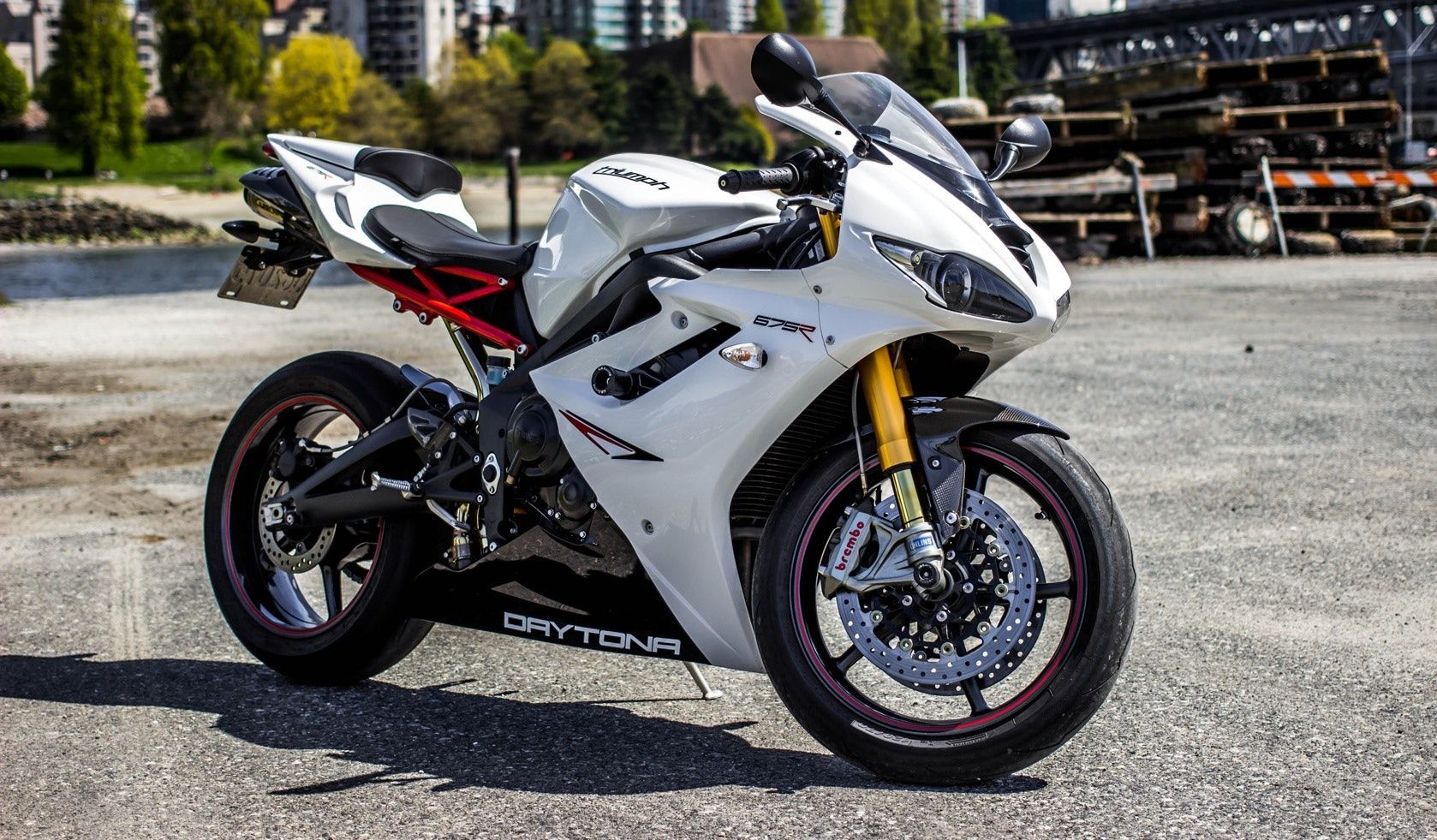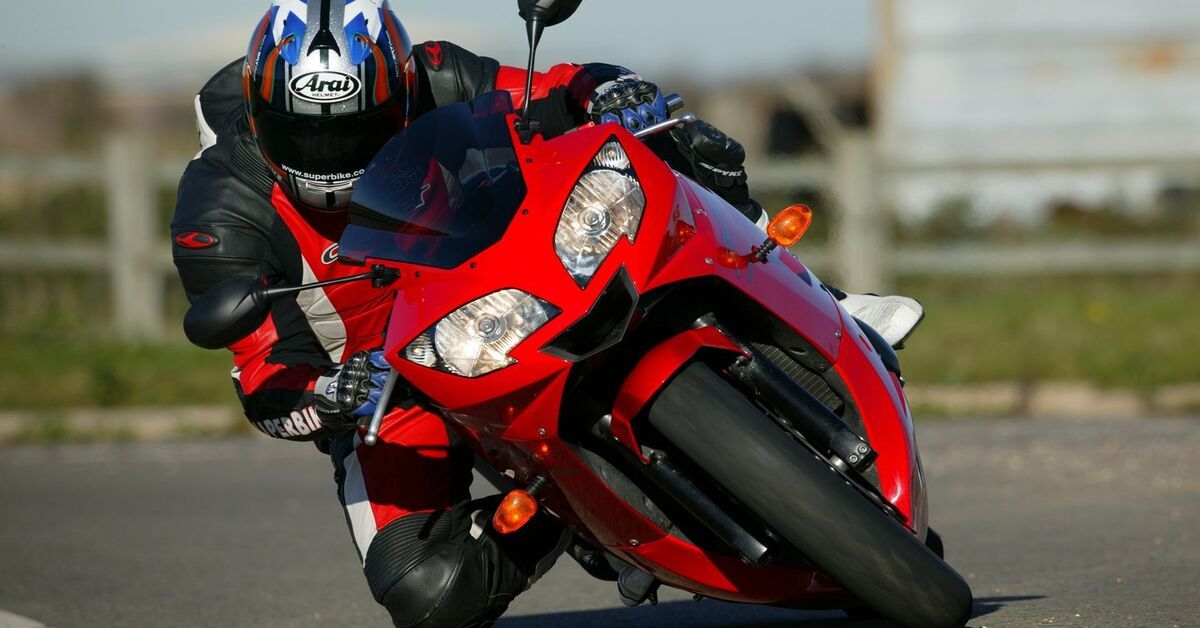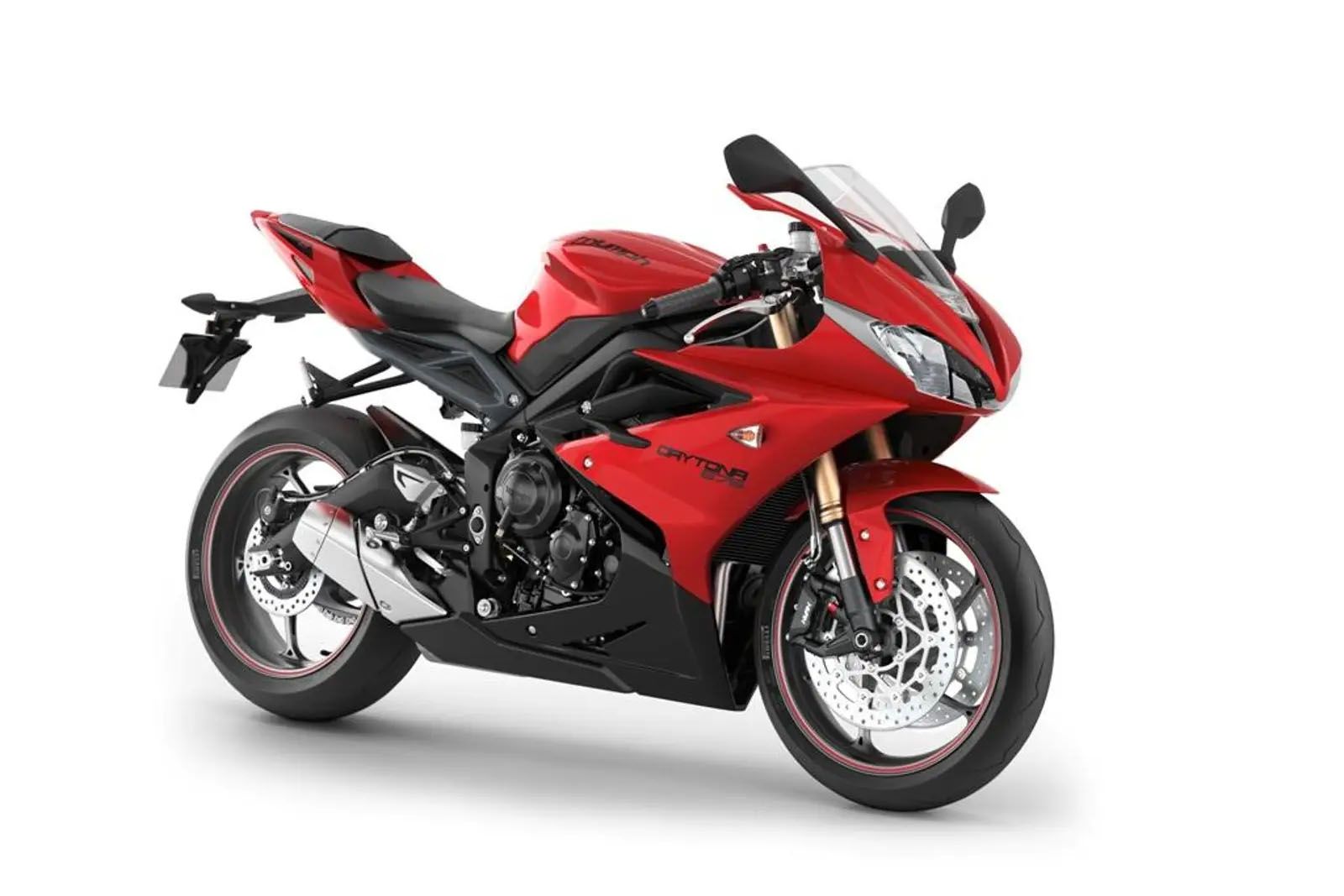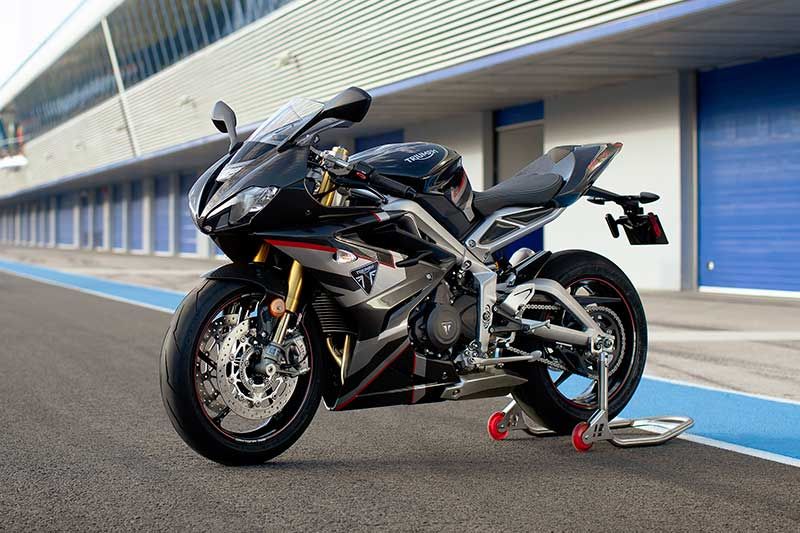After John Bloor bought and resurrected Triumph, his first mission was to show that his new firm wouldn't make the same outdated motorcycles that caused them to look nefarious at that time. Somewhat because riders were left stuck on the road, fighting with wicked electronic components while oil ran onto their shoes. In designing the new factory, the CEO was looking at Japan to get ideas and arranged visits to Kawasaki, Yamaha, and Suzuki factories.
The company introduced the latest version of Triumphs in 1991 when it developed an entire line of motorcycles built around three or four-cylinder motors. The Daytona name was adopted for the fully-faired model and has been employed for the British brand's top-of-the-line bike since 1997, when the T595 was released. However, the name dates back to 1966 when Buddy Elmore won the Florida Daytona 200, starting 46th on the grid on the T100 prototype. Although the Bonneville is among Triumph's more famous bikes, the British marque isn't limited to a retro. It also had adventure bikes, scramblers, nakeds and sportbikes until the last few years. In particular, two fully-faired sportbikes: the Triumph Daytona 675 and 675R.
Revisiting The Inception Of The Daytona
The media initially slammed the first Daytona that was powered by a 749cc triple. A critic called it "antiquated, heavy, and slow, one best left in the past." It would later evolve into the 955 cc Daytona; though, it wasn't an innovative race replica. The problems were sorted out to make way for the new model, the 955i, released in 1999. It was an exceptional bike; however, rivals had stepped up the competition, and it had to contend against the likes of the Yamaha R1, Suzuki GSX-R1000, and a brand new FireBlade.
The homegrown British brand entered the most competitive class and built an inline-four 600cc Supersport bike in 2000, dubbed the TT600. It was succeeded by the more sporty Daytona 600 in 2003, stamped with its Daytona label for the first time within a brand new division. The engine was later bored out to be renamed the Daytona 650 in 2004. Though, none of these efforts made any significant difference to the Japanese dominance.
Sadly, the power delivery and appearance left most people unimpressed, and the bike could not compete with the bikes from Japan; as all of them were much cheaper. Yet, like the Daytonas of the past, the 600 was a sporting success when Bruce Anstey rode it to an Isle of Man Junior TT victory in 2003. The 600 was produced for a year before being substituted by the Daytona 650, which was then replaced by the 675 after a year.
How The New Generation Of Triples Began
The Daytona 675 came onto the market back in 2006 and put Triumph on the bucket list among the supersport enthusiasts and fans of track days. It was nearly four years in development, taking the brand to new heights within the motorcycle community. The upgraded engine of 675cc produced an astonishing 123 bhp. This was plenty for a small motorcycle weighing 363 pounds, with sharp brakes and stable handling.
There was a time when the Daytona 600 and 650 had faced severe rivalry from Japanese opponents such as the Honda CBR600 RR and Yamaha R6, the new 675 did its part to stand up against the competition very well. The torque was widely spread among the whole rev range, which allowed for a road-worthy bike. The model was improved in 2009, with slightly higher power, lower weight and a renewed design and bodywork, and an ECU.
The new model was more attractive and featured a more solid fuel-injection system to improve the power delivery. The firm ironed out all the previous mistakes, the control and braking capabilities were amazing. When everything was paired with a more powerful engine, it formulated into an exceptional overall package. Instead of beating Japanese manufacturers at their own game, Triumph took a new approach by introducing the Daytona 675 and transformed everything.
The Triumph Daytona 675R was then released in 2011 and featured Ohlins suspension. It also had Brembo brakes and a quick shifter and carbon fiber front mudguards, a hugger and exhaust cap, as well as fairing infills. Both the 675 and 675R Daytona models were updated in 2013; however, Triumph decided not to install the larger engine (765cc) from the Street Triple RS model when they did a slight revamp.
Triumph Daytona 765 Moto2
In 2016, Triumph ceased production of the base model Daytona 675, citing low demand for supersport bikes and increasingly strict European emission standards. After this, Daytona would change forever, following the acquisition of an agreement to provide a powertrain for the Moto2 racing championship in the 2019 season. Triumph required an experimental mule to test the 765cc engine block, and the most suitable choice was the Daytona 675-based chassis.
The 765 triple engine replaced Honda's 600cc inline-four as the official engine for one of the cut-throat motorbike competitions. It's an incredible achievement for the company that was initially modeled after Japanese manufacturing techniques. The prototype proved so well-liked that it led Triumph to develop the ultimate version of the present Daytona, known as the 765 limited Edition. Only 765 bikes were made to serve both the European and Asian marketplaces with carbon fiber bodywork and the Union Jacks flag paint job, featuring traction control and new modes for the very first time.




